If you are spending your Holyweek in the Philippine capital, go Visita Iglesia in Manila by paying a visit to some of the oldest and iconic churches in the city!
Around 81% of Filipinos are Roman Catholic, making the Philippines as the center of Catholicism in Asia. Its capital city of Manila is at the heart of it as home to the Roman Catholic Archdiocese of Manila, the oldest diocese in the Philippines and also the largest in the entire country. Its cathedral and seat of power is located at the Minor Basilica of Immaculate Conception popularly known as the Manila Cathedral.
As the center of Spanish empire during the colonial times, numerous Catholic churches are built in Manila by various religious orders of the Roman Catholic Shurch. Most of the churches have been destroyed by typhoons, fires and war while some are still standing and serving their purpose to date.
Here are some!
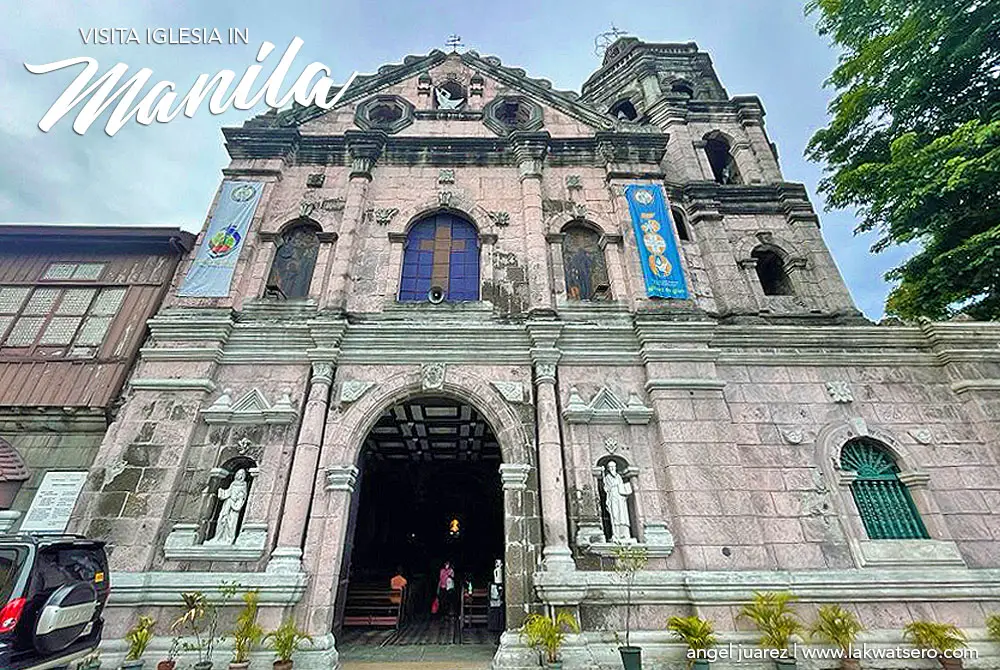
Santa Ana Church
The National Shrine of Our Lady of the Abandoned or popularly known as Santa Ana Church is among the oldest in the country dating back from 1720s. Construction of the Baroque style church started in 1720 and completed in 1725 as the present stone church that we still see today. It also served as barracks for wounded American soldiers during the Philippine – American War of 1899. Surprisingly, much of the complex survived the bombings of the World War II.
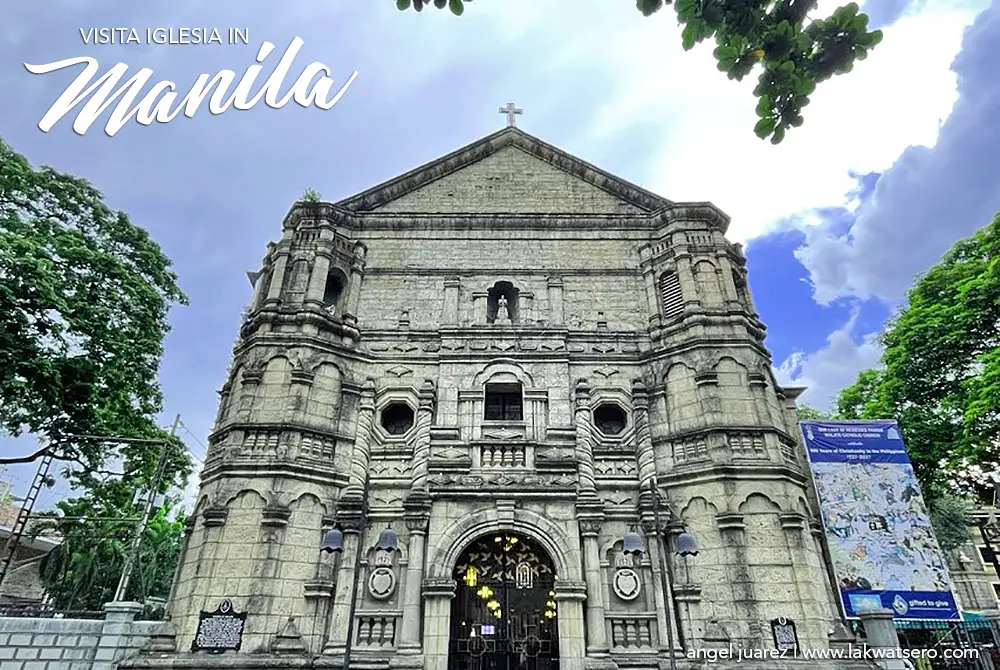
Malate Church
The church of Nuestra Señora de los Remedios or Our Lady of Remedies is what we usually call today as Malate Church, also one of the oldest in the city and in the country. The church was first built in 1588 and underwent numerous renovations and reconstructions after the original structure was purposely destroyed due to threats poised by Chinese pirates. The second structure was completed in 1680 with the beautiful façade that the church still wears today. The present day structure was a reconstruction completed in 1864 after the second one was destroyed by a typhoon with only the façade left intact.
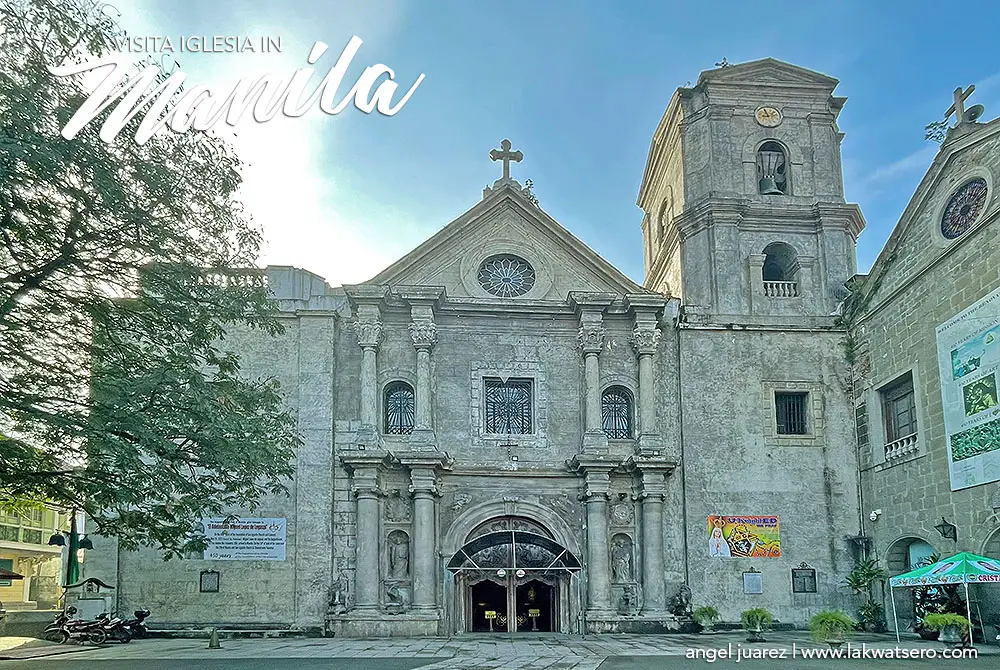
San Agustin Church
The Archdiocesan Shrine of Our Lady of Consolation and Cincture is what we popularly know as San Agustin Church, a UNESCO World Heritage Site and the oldest stone church in the Philippines. The original structure made of bamboo was built in 1571 by Augustinian friars and destroyed by fire in 1574. Reconstruction of the present day stone church of baroque architecture started in 1586 and completed in 1607. It was inscribed as a World Heritage Site by UNESCO in 1994 as one of the four Spanish-era Baroque Churches in the Philippines.
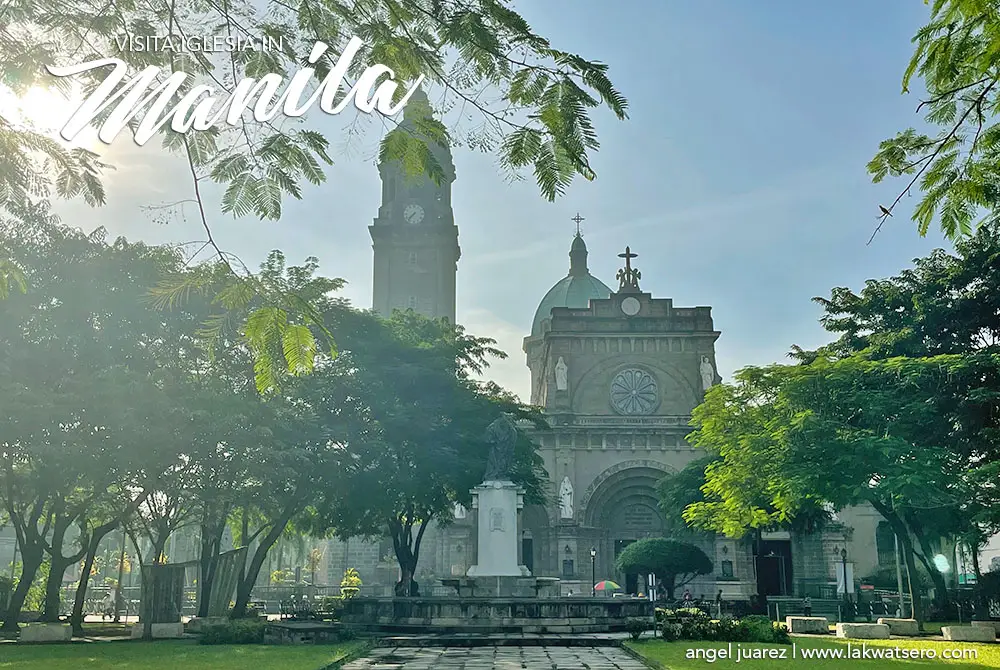
Manila Cathedral
Just a stone throw away from San Agustin Church is the Minor Basilica and Metropolitan Cathedral of the Immaculate Conception also known as Manila Cathedral, the seat of the Roman Catholic Archdiocese of Manila. Overlooking Plaza Roma of Intramuros, Manila Cathedral underwent numerous renovations and reconstructions since its first establishment in 1581 due to damages and destruction brought by fire, typhoon, earthquakes and war. The current structure was the eight reconstruction that was built from 1954 to 1958.
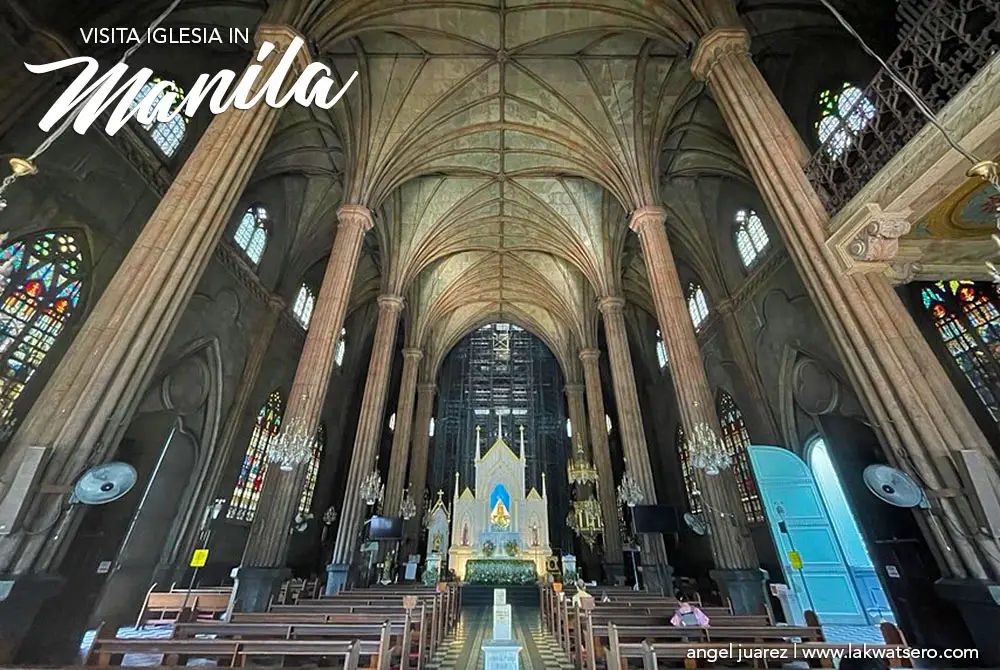
San Sebastian Church
Known as the only church in the Philippines that is made of steel, San Sebastian Church is the Shrine of Nuestra Senora del Monte Carmelo or Our Lady of Mount Carmel. Completed in 1891, the church is noted for its architecture as an example of the Gothic Revival architecture in the Philippines.
Quiapo Church
Not far from an Sebastian Church is the prominent Minor Basilica of the Black Nazarene or what we popularly know as Quiapo Church. It is home Nuestro Señor Jesús Nazareno, a dark figure of Jesus Christ made by a Mexican artist from black wood and brought to the country during the Manila – Acapulco Galleon Trade. The figure is believed to be miraculous that thousands of devotees flock to the basilica every Friday and even millions on its feast day in January 9.
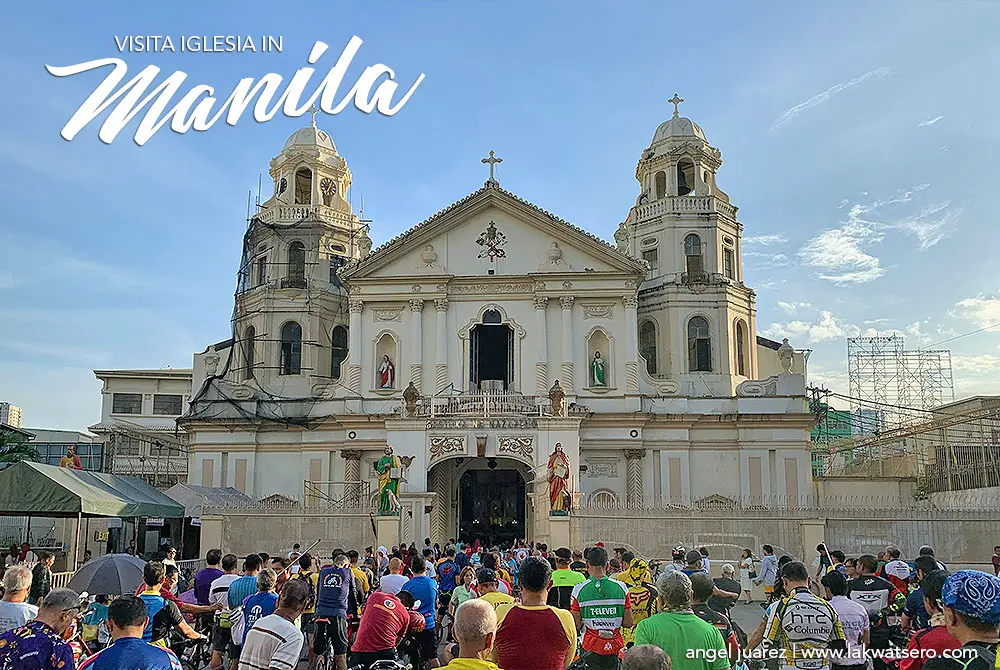
Santa Cruz Church
Close to Quiapo Church is Our Lady of the Pillar Parish Church commonly known as the Santa Cruz Church and the Archdiocesan Shrine of the Blessed Sacrament. The original structure was built by Jesuits in 1619 made of stone and wood but was destroyed by the earthquake of 1863. The structure was reconstructed in 1868 but destroyed during the Battle of Manila during the Second World War. The present day structure was a reconstruction in 1957 following baroque style.
Santo Niño de Tondo Church
The Santo Niño de Tondo Church or simply Tondo Church is one of the most visited churches in Manila. The history of Tondo Church dates back to 1572 when the image of the Infant Jesus from Acapulco i n Mexico and was enshrined to the original church built on the same spot. The church also underwent numerous reconstructions and renovations with the present structure dating back to 1880 although major repairs were also done to address the damages brought by earthquakes, typhoons and war. Every third Sunday of January, the feast of Santo Niño de Tondo is celebrated with hundred thousands of devotees flocking to the church in one of the most celebrated fiestas in Manila.
Binondo Church
The Minor Basilica and National Shrine of Saint Lorenzo Ruiz or Binondo Church is another century-old church of Manila. Built by the Dominican friars, it stands proud at the heart of Manila’s Chinatown district. The original church was founded in 1956 and destroyed in 1762. The present day structure is a reconstruction made in 1950’s of the church built in 1852 but was damaged during Battle of Manila.
